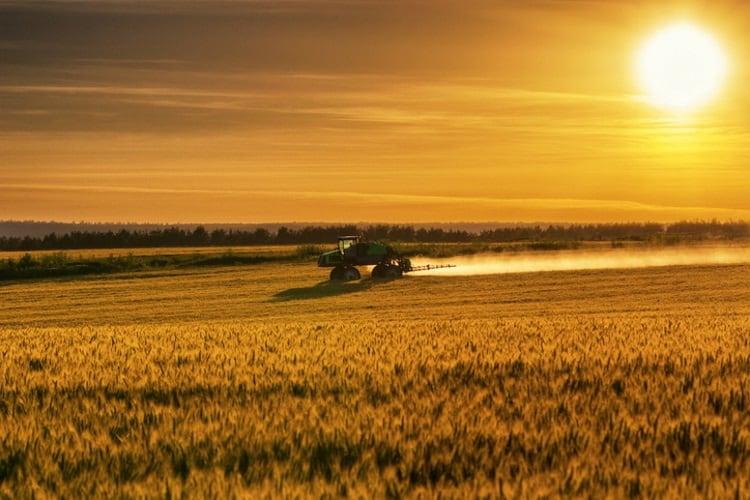The achievement is an important milestone towards the US snack and soup conglomerate’s bigger goal to source 50% of all its wheat flour from acres enrolled in a sustainable agriculture programme by 2025.
Fertilization optimisation timeline
Campbell’s sustainable agriculture programmes work to drive improvement in five priority areas: greenhouse gases, water, fertilizer and pesticide reduction, and soil quality.
Its quest to optimise fertilization use dates back to 2013, when it partnered with Walmart to call on wheat farmers to enrol 70,000 acres into the programme by the end of 2020.
According to Campbell, the programme will boost farmers’ profitability as they can grow more at a lower expense, improve surrounding water quality and reduce climate impact.
Fertilizer is essential for growing crops, but its production and use is the largest contributor to greenhouse gas (GHG) emissions from farming practice. On average, half of what is applied is not absorbed by plants. The runoff contaminates local watersheds and groundwater and contributes to ocean dead zones that kill aquatic species. Excess nitrogen fertilizer runoff also emits nitrous oxide, a GHG 300 times more potent than carbon dioxide.
However, this can be reduced with more efficient use by farmers.
In 2015, Campbell joined a host of other majors – including General Mills, Walmart, Smithfield Foods and United Suppliers – as collaborators with the Environmental Defense Fund and Truterra (formerly Land O’Lakes SUSTAIN) to deploy the Truterra Insight Engine to wheat farmers.
The farm data analytics toll is a first-of-its-kind, interactive on-farm stewardship digital platform that helps farmers advance their stewardship goals, as well as measure ROIs in real time, acre-by-acre. It also enables food companies to gauge their sustainability progress.
In 2017, Campbell piloted a wheat sustainability programme with agricultural retailer The Mill in the Chesapeake Bay watershed area of Maryland and Pennsylvania. That was followed by a collaboration with Heritage Cooperative to launch a similar effort for the Lake Erie watershed region of Ohio.
Both regions supply wheat flour for several of Campbell’s brands, including Pepperidge Farm bakery classics, Farmhouse and Milano cookies, Goldfish crackers, Snyder’s of Hanover pretzels and Lance sandwich crackers.
Milestone achieved
The company recently announced its 70,000 acre target had been reached at the end of 2019, a year ahead of schedule. According to Campbell, more than 10,000 acres has been enrolled in the Chesapeake Bay area, while 60,000 acres has been registered in Ohio.
Campbell is now working with the farmers to improve fertilizer management and soil health.
It noted the Truterra tool is vital in collecting multiple years of acre-by-acre data, tracking progress in each geography and defining specific opportunities.
Going forward, Campbell said it will continue to introduce innovations to make the tool of real value to farmers. For example, in May, the company partnered with the National Fish and Wildlife Foundation to integrate conservation specialists to help farmers with even more sustainability opportunities.




